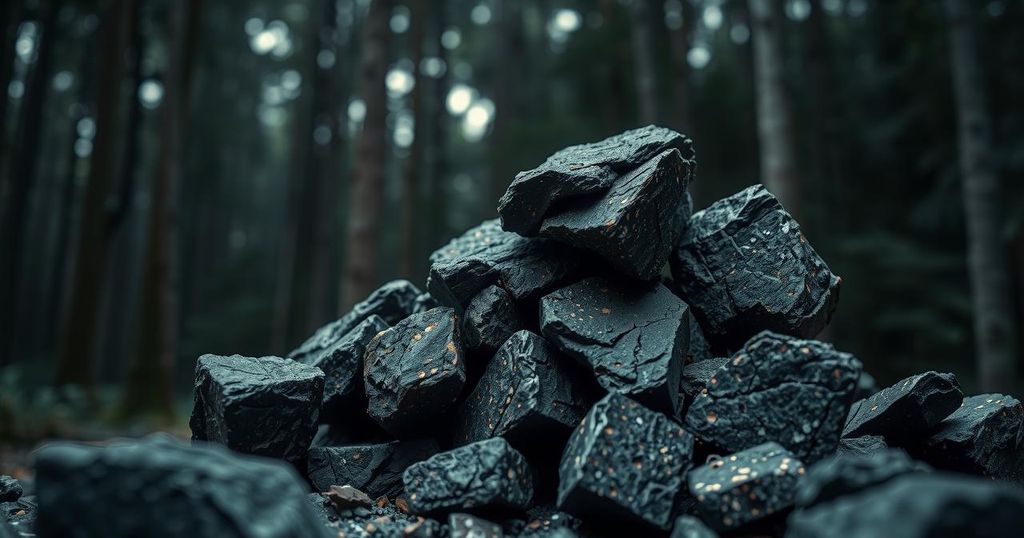The Democratic Republic of Congo is a key source of tantalum, a metal essential for smartphones, with approximately 40% of the global supply derived from the region. The M23 rebel group is intensifying control over mining operations, raising ethical concerns regarding conflict minerals. Efforts to ensure that these minerals do not enter global markets have been impeded by corruption and inadequate monitoring, leading to legal actions against companies like Apple for potential complicity in the issue.
Inside modern mobile phones lies a minuscule quantity of tantalum, a metal intricately linked to the ongoing conflict in the eastern Democratic Republic of the Congo (DR Congo). This region, now embroiled in violence largely instigated by the M23 rebel group, is a critical source of tantalum, essential for the functionality of smartphones and various electronic devices. Approximately 40% or more of the global supply of tantalum originates from DR Congo, with the associated fighting directly impacting its extraction and trade.
The M23 has aggressively expanded its control over mining territories in DR Congo, highlighting its takeover of Rubaya, a town at the heart of the coltan industry. Coltan, the ore from which tantalum is derived, is mined in perilous conditions by thousands of local diggers. As M23 establishes its dominance, it imposes regulations and fees, effectively transforming the area’s mining economy into a revenue source for their operations, raising significant ethical concerns regarding conflict minerals.
Mining in the region traditionally involves an unregulated, informal network of small-scale operators extracting resources using rudimentary tools. M23’s increased control has led to a monopolistic structure, where they dictate terms, collect taxes, and enforce compliance through intimidation. By demanding fees from miners and traders, they generate substantial income, estimated at around $800,000 monthly from coltan taxation alone, to fuel their rebellion.
The connection between the illicit extraction of coltan in conflict zones and the global supply chain is intricately linked to Rwanda, a nation accused of supporting the M23. Certification programs intended to ensure that conflict minerals do not enter supply chains face criticism for being difficult to enforce. The Innovative Tin Supply Chain Initiative (Itsci) struggles to accurately track the origins of these minerals due to corruption and ineffective monitoring across a vast number of small mines.
The potential for conflict minerals to enter the global market undetected remains a grave concern. Despite regulations intended to curb this practice, a lack of rigorous enforcement and oversight creates avenues for these materials to be mislabelled and sold internationally. Rwanda’s mining sector, benefitting from both their own resources and potentially from conflict minerals, continues to draw scrutiny amid rising export figures that do not align with domestic mining capacity.
Apple’s legal challenges arise from claims that the company is complicit in using conflict-sourced minerals, a charge they strive to contest. They have ceased sourcing tantalum from DR Congo and Rwanda in light of the escalating violence and the complexities of certification. However, the presence of tantalum from M23-controlled mines in non-compliant electronic devices continues to present ethical dilemmas and raise awareness about the conflicts in DR Congo and their links to global commodity markets.
In conclusion, the ongoing conflict in the eastern Democratic Republic of Congo, particularly involving the M23 rebel group, highlights significant concerns over the mining of coltan and its role in consumer electronics. As the M23 asserts control over valuable mining regions, ethical dilemmas escalate regarding the sourcing of tantalum, a crucial component in modern technology. The intricate network connecting local mining practices to global supply chains necessitates vigilance and action to mitigate the impact of conflict minerals on both local communities and international markets.
Original Source: www.bbc.com






